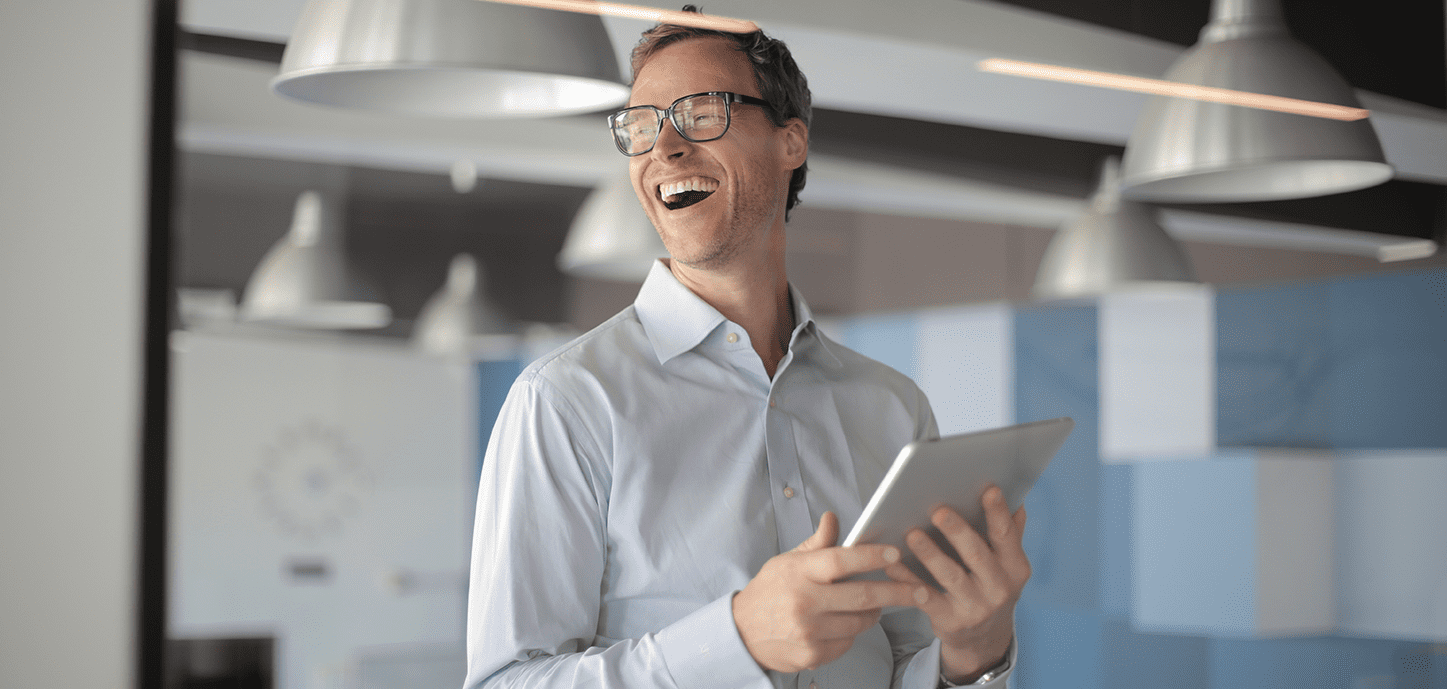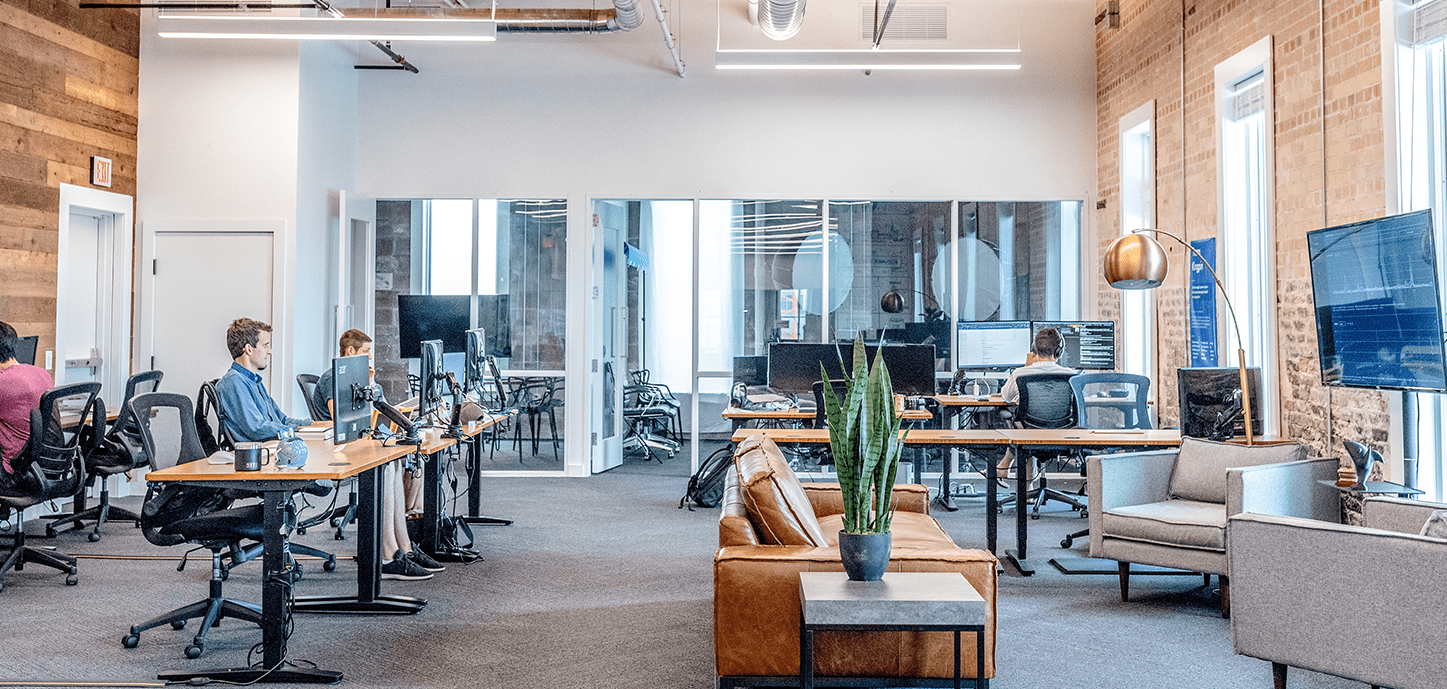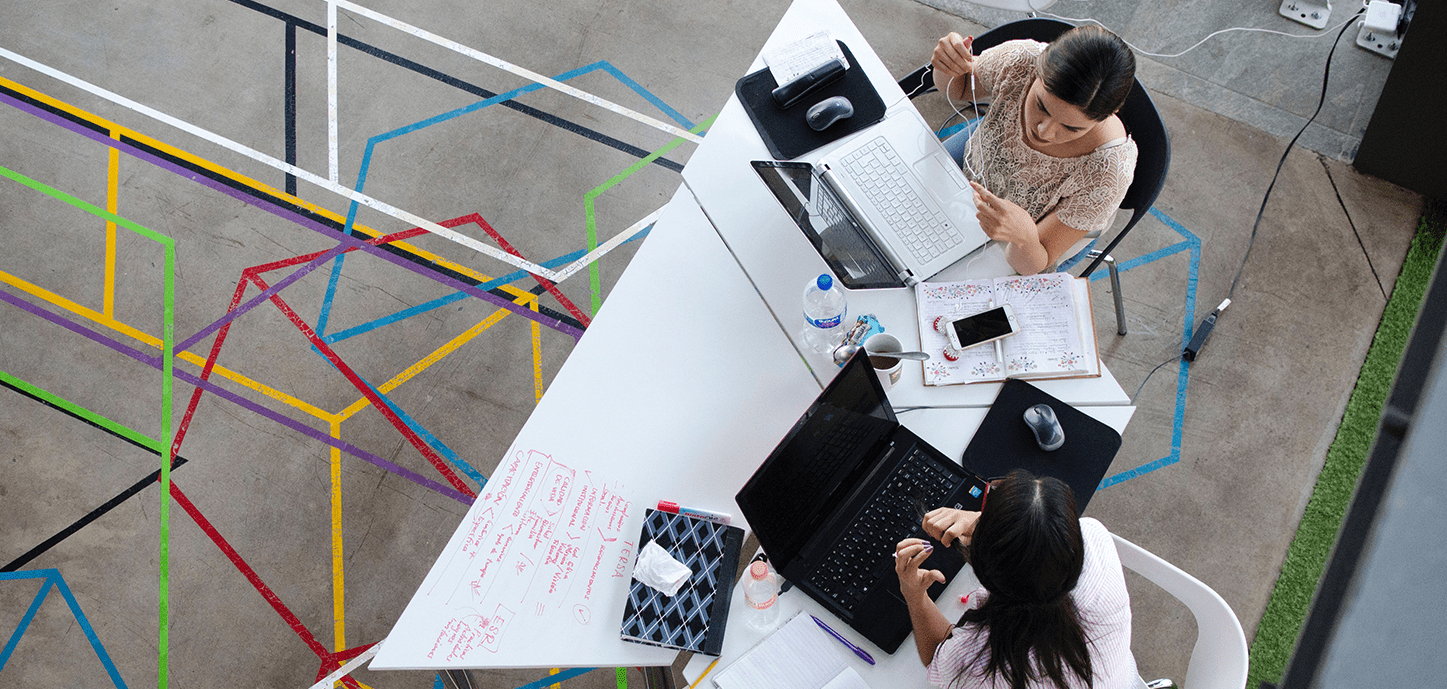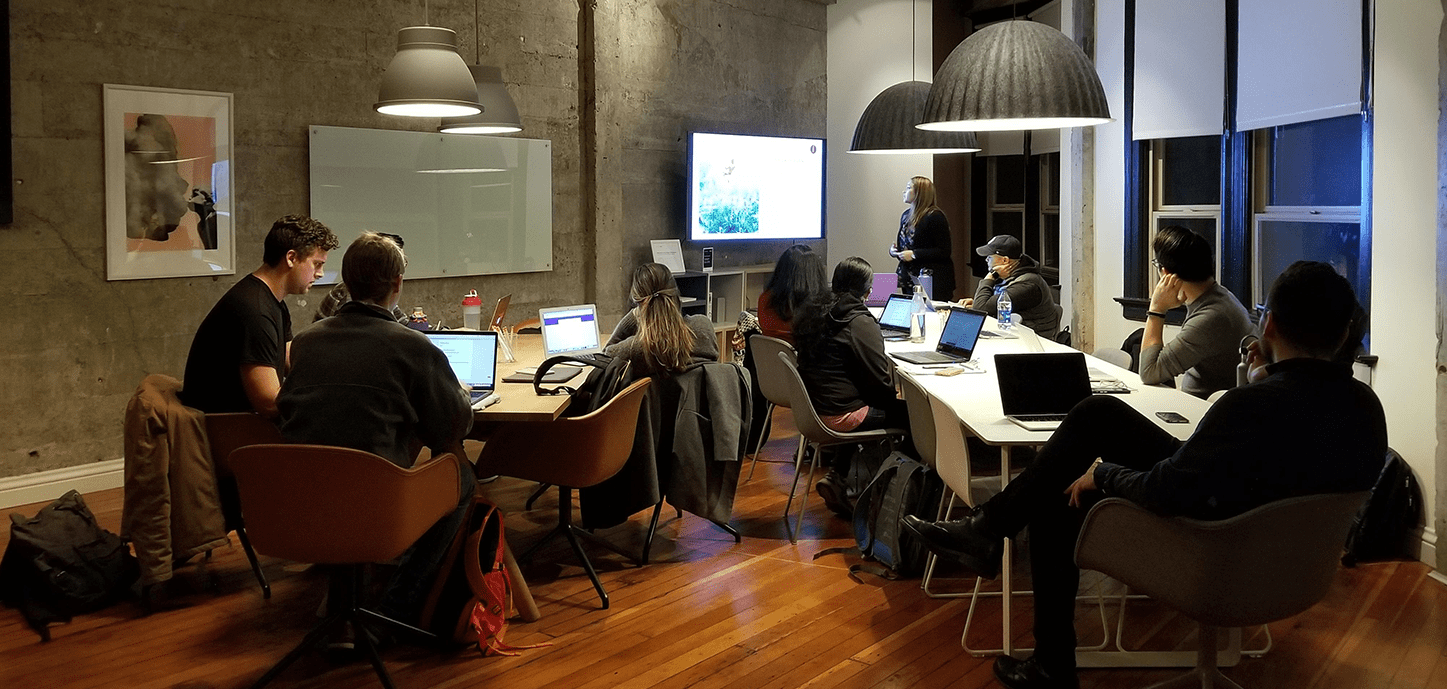Contemporary Trends in Workspace Design
As the world adapts to new working norms and embraces the hybrid model, the significance of an inspiring and functional workspace cannot be overstated.

The needs of employees have changed. As Millennials and Gen Z storm the job market, employers need to start rethinking. The top priority today is no longer salary, but the office atmosphere. Companies need to make their offices dynamic, while prioritizing employee well-being and health. The goal is to create an environment that people enjoy working in, and that promotes healthy habits.
What can strategic workplace design look like?
1. Create balance
Companies must try to create a balance between personal space and collaborative areas. Employees are attracted to workplace design, so that's exactly where you shouldn't cut corners. The traditional office design had the needs of the business at its core, but that focus should shift to be more people-centric. People spend about a third of their lives in the office. If companies want to attract top talent, they need to create a workplace that allows employees to create a sense of community to fuel the company's success.
Employees should be able to work in a focused way individually, but also be able to work collaboratively. Thus, spaces must be created for private work and open areas that serve to collaborate and network. When a company successfully achieves this balance, employees are more productive and happier.
2. Corporate values
The design of the workplace should be consistent with the company's values. Office design should reflect the organization's culture, purpose, and mission. Today's workplace is more than just a place to work. Become more casual and collaborative as a company, but also show those values in your office layout. This is the only way to attract and retain top talent.
3. Well-being and health
Employees who feel physically and mentally unwell at their workplace will most likely leave for a competing company. Organizations should always keep the well-being and health of their employees in mind. Set up your office with ergonomic furniture to ensure employees have all the tools they need to best support their bodies at work. Office furniture ergonomics will increase your employees' productivity, reduce muscle fatigue, and make employees happier and healthier.
According to a study by the Washington State Department of Labor and Industries, employees notice when a company is doing everything it can to ensure their safety and health. Not only that, but when an employee doesn't feel unwell during the workday, it can reduce turnover by an average of 48 percent, decrease absenteeism, and improve employee morale and engagement.
4. Focus on people
The workplace should be designed around employees. Each team should have spaces that meet their individual needs. This means that the setup of the graphic design team, for example, should be different from that of the sales team, as both have very different requirements. You should know the individual needs of your employees and create a workplace design that everyone can benefit from.
5. Extras
As a company, you should positively stand out from the competition. For you to succeed in this, you should offer additional things that are available to employees even when they are not working. Companies need to do everything they can to keep their employees motivated. If they don't know what exactly that should look like, they should consult with employees and get feedback. Employees will be grateful for inclusion in design issues and feel less like lone wolves and more like members of a strong team.
6. Stand out
Make your office impossible to ignore. First impressions count, which is why companies should make sure their office decor is aesthetically pleasing. It's not exclusively about design, but also about fostering collaboration and conversation. Try to appeal to as many senses as possible and incorporate natural light, fresh air, etc..
Standing out already plays an important role in the application process. If you're designing the office for employees, you should show this to applicants as well. Give applicants a tour of the facility and let them get hooked all by themselves. If you ensure well-being and a dynamic corporate culture for your employees, the best talent will conversely be brought to you.

What office concepts can I use to attract and retain top talent?
1. Flexible Workspace
The flexible workspace model features movable desks and chairs that contrast with the fixed and inflexible furniture of the traditional office. A flexible office uses a modular design to adapt the workspace to the needs of the employees. For example, if a larger group quickly needs more space, meeting tables can be resized or easily moved to another location.

Flexible working also means no more assigned seating arrangements. Introducing desk sharing lets employees work every day exactly where it is best and most productive for them at that moment. A big advantage of free seating is the intermingling of teams, which promotes collaboration, creativity, and mutual understanding among employees.
2. Activity-based Workplace
Working in the same place all day can be tiring and have a negative impact on the productivity and efficiency of the work being done. A change of scenery would bring in a breath of fresh air, and that is exactly what activity-based working is designed to do. If an employee needs to complete a task that requires a high level of concentration, they should be able to find a place to work individually in a concentrated manner. However, if the task requiring an isolated and quiet space has been completed and a place that encourages collaboration is needed, this should also be possible. Such places for open communication and close collaboration are very important for togetherness in a company, but also for exchange and creativity.
An activity-based office consists of several places, which will be briefly broken down here:
Open office spaces are more reminiscent of traditional office design, where employees sit close to each other without being separated by partitions or anything else. Often, there are no individual desks here, but rather long workbenches where each employee has his or her place, either with a permanently installed computer or with the laptop he or she brought along. Open office spaces are highly collaborative spaces and ideal for employees who work together on a project and need to coordinate from time to time.
Private office spaces represent the exact opposite of open office spaces. They are small, isolated areas that allow employees to make confidential phone calls or simply work quietly with a high level of concentration.
The whole thing is completed by meeting spaces that are designed to encourage creativity and the exchange of ideas.
3. Biophilic Design
This design concept assumes that humans have a natural need to connect with nature. This, in turn, is said to lead to better health, concentration, creativity, and productivity.
Biophilic office design integrates elements such as natural light, flowing water, plants, and natural materials. The Central Atrium of Federal Center South Building 1202| in Seattle, Washington, can be cited as an example. It combines areas with high glass ceilings, gardens of flowing waterways, trees and rocks, and stairs made of wood.
4. Industrial office
An unchallenging and very well-known design style is that of industrial design. Raw, rustic, and unrefined, it creates a casual, creative, and modern office atmosphere that young talent in particular craves. Elements of industrial design include exposed ceiling pipes and beams, high ceilings, exposed brick walls, large windows, concrete floors, and just about anything associated with an old, abandoned factory building.

The office design you choose will determine what kind of employees you attract to your company. To attract top talent, companies should think of a strategy to become the most attractive option on the market by using design and corporate values conveyed through it.
